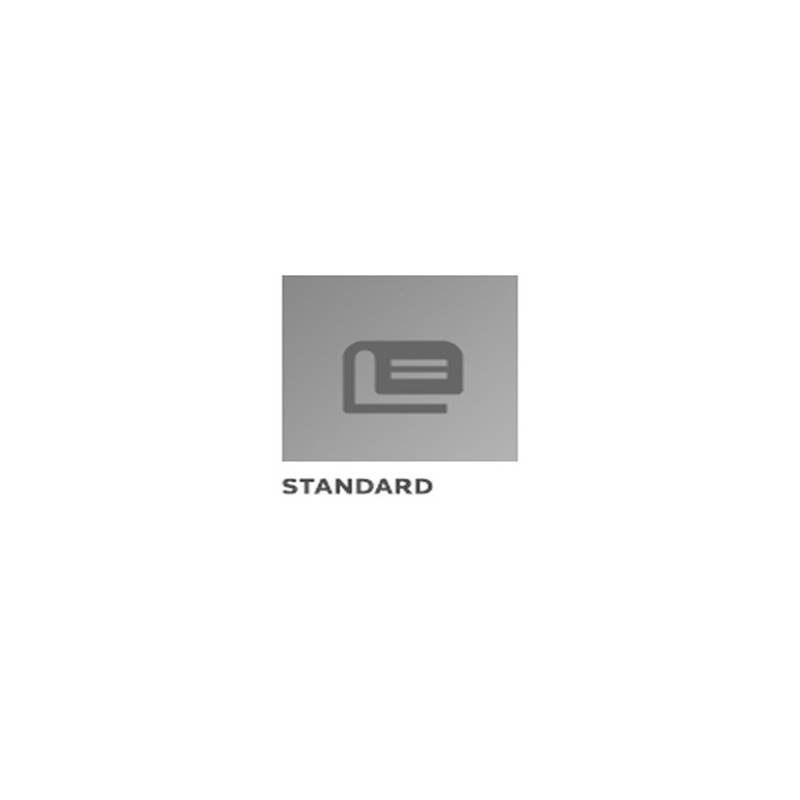Description / Abstract:
This SAE Aerospace Information Report (AIR) describes the
Architecture Framework for Unmanned Systems (AFUS). AFUS comprises
a Conceptual View, a Capabilities View, and an Interoperability
View. The Conceptual View provides definitions and background for
key terms and concepts used in the unmanned systems domain. The
Capabilities View uses terms and concepts from the Conceptual View
to describe capabilities of unmanned systems and of other entities
in the unmanned systems domain. The Interoperability View provides
guidance on how to design and develop systems in a way that
supports interoperability.
Purpose
The purpose of this Aerospace Information Report is to
communicate to the unmanned systems community a common set of
principles, terms, concepts, patterns, structures, and guidance for
creating system architectures that include or interact with
unmanned systems.
Overview
The approach of the Unmanned Systems Committee to the generation
of the Architecture Framework for Unmanned Systems has evolved over
the history of the Framework. From initially approaching the
Framework with the intent to identify individual capabilities,
needed immediately, the committee now approaches the Framework with
the intent of addressing the Unmanned System as a whole. As
Unmanned Systems gain acceptance, the focus of the Framework has
moved from individual systems to systems of systems. Finally, as
the abilities of Unmanned Systems grow, it has been necessary to
ensure that the capabilities described herein are supportive of
more autonomous systems, while still enabling the teleoperated
systems.
Autonomy is an emergent property of this Framework. For an
unmanned system to be autonomous, it takes multiple characteristics
of this Framework for the system to be somewhat self-aware and to
complete its task/mission without human intervention. Autonomy is
key and critical to the future of unmanned systems as end users
desire systems that permit them to perform other tasks while still
making the major decisions of the task/mission. There is a need for
a single operator (human) to control multiple unmanned systems. For
example in port security, multiple ground and surface vehicles may
work together monitoring a port or ship, only needing a single
security person to make the final decision as to what action to
take when a security anomaly is detected.
Expanding markets for unmanned systems are demanding increased
autonomy characteristics. The AS-4 committee recognizes this fact
and continues to include the necessary characteristics in this
Architecture Framework.
Field of Application
Fields of application of AFUS include unmanned systems of all
classes, command and control (C2) systems, and related areas such
as communications, safety, security, sensors, manipulators, and
simulation.
How to Use
This Architecture Framework has several uses:
• to provide background information on unmanned systems to a
variety of readers;
• to provide a common vocabulary for understanding standards,
specifications, and designs for unmanned systems;
• to provide a common set of semantics for the vocabulary;
• to provide a base set of behaviors common in unmanned
systems;
• to provide guidelines for developing systems that are
interoperable; and
• to provide a set of capabilities from which unmanned systems
requirements can be derived.
AFUS is intended to serve as a companion document to other
Specifications published by AS-4. As such, it gives additional and
supporting information to system procurers and specifiers,
designers, program managers, standards writers, and other readers
that require a more thorough understanding of the
Specifications.
Acknowledgements
Development of this report was supported in part by U.S. Army
Aviation and Missile Research, Development, and Engineering Center
contract W31P4Q-05-A-0031/0008.


